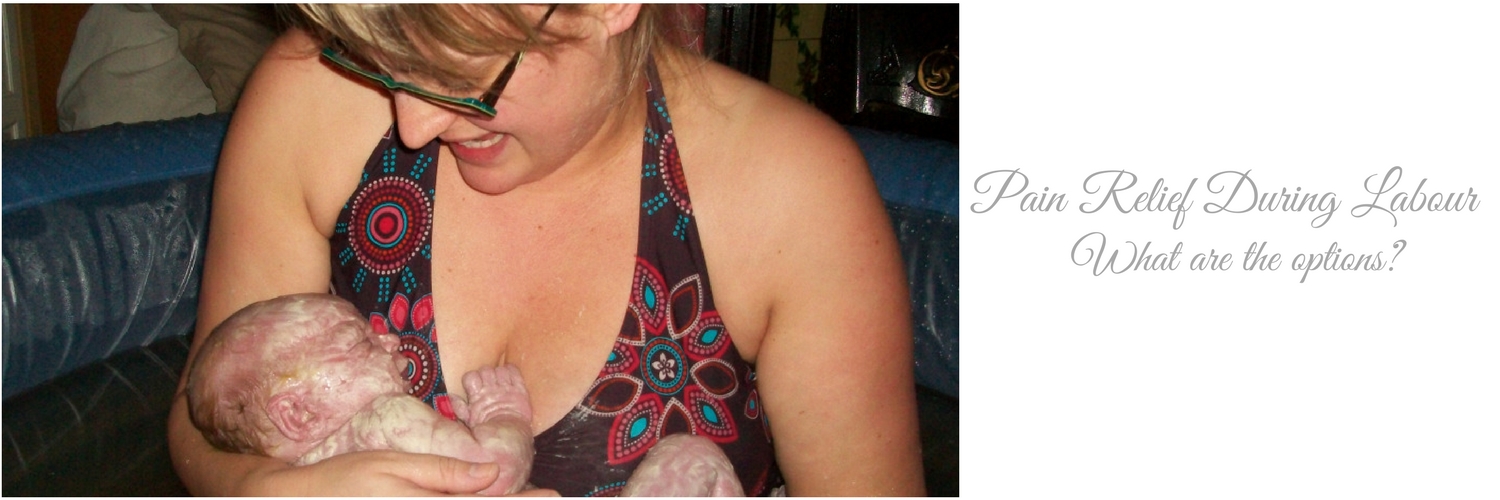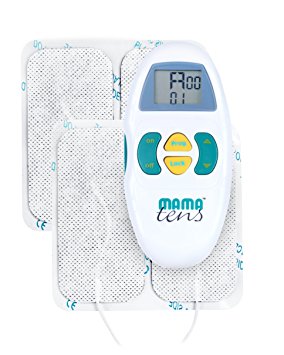One question on every first time mum’s lips prior to birth is ‘How much will it hurt?’ Unfortunately, there’s no easy answer! No two labours are exactly the same and many things can make a difference – from your natural pain threshold and other physiological factors to the length of your labour, baby’s position, or even your position during labour. While you can’t make a precise plan as, until labour starts, you don’t know exactly how things are going to progress, it’s certainly worth being aware of your pain relief options so that you know what you may or may not want to use in order to ease your inevitable ‘discomfort’.
Natural Pain Relief and Complementary Therapies
There are a number of natural ways to help with your pain during labour, from birthing pools (the water is said to soothe pain and also supports your body) to aromatherapy, massage, breathing techniques, self-hypnosis (which can be learnt in a class or from a CD – see our blog on hypnobirthing) or acupuncture (which would require a specialist therapist). While the effectiveness of these therapies is not proven, many women claim that complementary therapies have eased discomfort and made a difference during labour. The main aim is not to take away the pain, but to help you to cope and feel relaxed enough not to be overwhelmed by it. If you would prefer not to take any kind of chemical medication, then the natural option is for you. There are no side effects and baby won’t be affected in any way.
TENS (Transcutaneous Electrical Nerve Stimulation) Machine
Another non-chemical method of pain relief, a TENS machine works by sending electrical impulses (via pads attached to your back) which block pain signals. Women report varied levels of success with TENS machines from the best case scenario where it’s the only pain relief required to get them through labour to the worst case where they find it to be more of an irritation than an aid. Even if the pain relief is minimal many mums find it a useful ‘distraction’, especially during the earlier stages. TENS machines can be hired at a fairly low cost so if it’s something you’re considering it’s certainly worth giving one a try – nothing ventured, nothing gained! They’re available from www.pregnancytens.co.uk, www.babycaretens.com or www.bootsmaternityrentalproducts.co.uk/maternity_tens_hire_choices.php amongst other outlets. Although they can be used anywhere, including home births, bear in mind that they’re not suitable if you’re planning a water birth.
Gas and Air
Fast acting and reasonably effective, gas and air (a mixture of nitrous oxide and oxygen, often known as Entonox) is breathed in through a mouthpiece so you control how much you have and when you need it as contractions come and go. It has an almost instant pain relieving effect but also wears off quickly so you’ll need to get the hang of when to breathe it in as your contractions build and subside. Gas and air can sometimes make your feel sick, light-headed, drowsy or dry-mouthed but there are no lasting effects and baby won’t require any extra monitoring while you’re using it. It can also be combined with other pain relief. As it’s so quick to take effect it can be useful if your labour is well progressed when you arrive at hospital, which can often mean that other options are no longer available. Gas and air can also be used in home births (supplied by your midwife).
Pethidine (or other painkilling drugs)
Administered via an injection in your thigh or bottom, pethidine works by blocking the pain receptor signals to your brain. It can take up to half an hour to kick in fully, but will last up to four hours. It can help to relieve the pain of stronger contractions and you’ll still be able to move around, although it can make you feel drowsy and a bit ‘removed’ from the situation. It’s not suitable for administering during the late stages of labour as it crosses the placenta and can cause baby to be drowsy too after birth, which affects the natural ‘rooting’ and first feed. It can also make baby’s heart rate slow slightly, which your midwife will monitor during labour. If affected by pethidine, baby may need to be given oxygen at birth and/or be injected with an ‘antidote’ to reverse the effects.
Epidural
An epidural is a type of local anaesthetic which numbs the nerves that carry pain signals from the uterus and cervix to the brain. You can only have an epidural in hospital and it has to be administered by an anaesthetist. It usually offers complete pain relief (although it’s not always effective in 100% of cases) and is most frequently used in long and very painful labours or in cases where the mum is becoming distressed. Your contractions and baby’s heart rate will have to be continually monitored after the epidural and you may not be able to move your legs so you’ll have to stay in one position. If the epidural has completely blocked the pain you won’t be able to feel your contractions, so you may have to rely on your midwife to tell you when to push – although they’re used to doing this and will help you through!
Whatever happens, and whatever pain relief you choose, your midwife has seen it all before and is there to help – it may be your first time but it’s certainly not theirs! Be reassured by their expertise and remember that there are no right or wrong choices, just what’s right for you. Your birthing partner will also be able to provide support and encouragement, which can go a long way towards helping you to feel more relaxed and in control, so make sure you choose someone who you can rely on to be with you during labour.
What pain relief did you use during labour? Did you follow your plan or did you change your mind once in established labour? Did you find it effective at easing the pain? We’d love to hear your stories!





